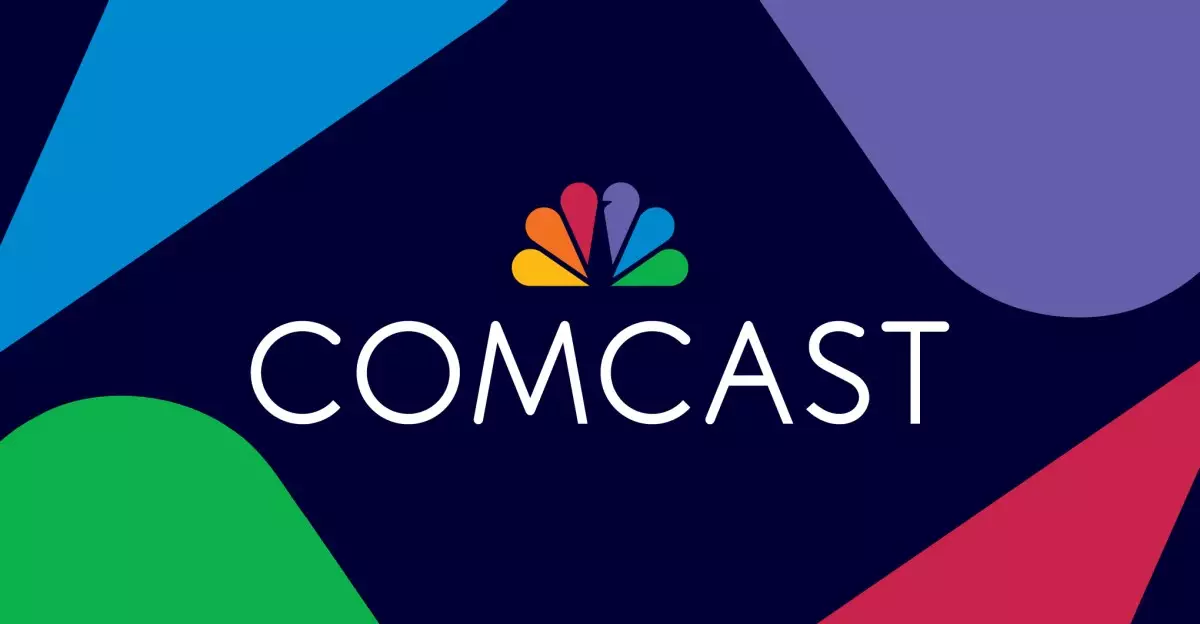In our rapidly advancing digital age, minimal control over latency is often a frustrating reality for gamers and those reliant on seamless communication technology. However, with the implementation of a new standard known as Low Latency, Low Loss, Scalable Throughput (L4S), we are on the brink of significant improvements in internet performance, especially in applications that require real-time interactions like gaming and video conferencing. Developed by a coalition including Comcast, this breakthrough seeks to address latency issues without merely augmenting bandwidth, which has characterized previous efforts to enhance online experiences.
Traditionally, internet speed upgrades have focused on bandwidth—essentially the volume of data that can be uploaded or downloaded at any one time. The introduction of L4S signifies a shift in strategy; rather than just pushing more data through existing networks, L4S aims to refine how effectively that data travels. The technology does so by introducing a congestion control mechanism that alerts packets of data to any ensuing delays—these alerts enable proactive adjustments, alleviating traffic congestion before it becomes a major hurdle.
This approach stands in stark contrast to past solutions that simply aimed to flood systems with additional capacity. With L4S, there is an understanding that merely increasing bandwidth does not inherently equate to a smoother experience, particularly for latency-sensitive applications. This innovation holds promise not just for gamers seeking to improve their online performance but also for professionals relying on virtual meetings to foster real-time collaboration.
Comcast is leading the way in rolling out the benefits of L4S in various cities, including major urban areas like Atlanta, Chicago, and San Francisco. Initial applications touted by the company include popular platforms such as FaceTime and Nvidia’s GeForce Now, alongside a collection of games available on Steam. As others await this upgrade, a collaborative effort from tech giants like Apple, Nvidia, and Valve has ensured that their devices are equipped to support L4S functionalities, heralding a new era of low-latency communication and immersive gameplay. Apple’s incorporation of L4S in its iOS 17 and macOS Sonoma demonstrates a commitment to adapting their ecosystems for this technology.
While Comcast’s promises about lower latency and improved experiences paint a glowing picture, it will ultimately be the user experience that underscores the success of L4S. Enhanced performance during FaceTime calls or latency-sensitive online gaming could revolutionize the way people interact and engage online. The potential to feel as though you’re speaking in person improves not just communication but may also lead to enhanced community building in virtual environments, such as gaming.
Over time, as more content and application providers embrace the open standard opened up by L4S, the technology’s influence will continue to grow. The early adopters among gaming platforms and communication tools may set a precedent that encourages greater adherence to the new standard across the digital ecosystem.
In contemplating the future of L4S, users must remain aware that while technology promises significant improvements, real-world implementation will contribute critically to its effectiveness. The potential is undoubtedly there, and if Comcast’s rollout proves beneficial, users could soon find themselves enjoying smoother, more responsive experiences—translating better communication, gaming, and even productivity online.
This shift not only has implications for the user experience but could also prompt other ISPs to explore similar solutions aimed at improving the quality of internet service. As the connection between technology and everyday life becomes increasingly intertwined, innovations like L4S could redefine how consumers engage with the digital world, highlighting the vital role of low-latency solutions in tomorrow’s internet landscape.
As L4S technology finds its footing in practical application, its ability to revolutionize online interactions across messaging, gaming, and video conferencing will be crucial. The engagement and feedback from users during this early phase will play a pivotal role in shaping the evolution of such standards as we move further into the 21st century.

